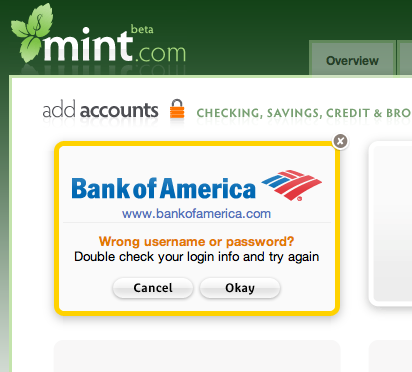PaymentNews pointed to a research paper title “Business Method Patents and U.S. Financial Services” authored by Robert M. Hunt of the Philadelphia Fed.
As any researcher in knowledge economics would know, maximizing the value of knowledge for society is a difficult problem: on one hand, you need to provide the proper incentives for innovators to invent (typically a patent system that provides a time-limited monopole), and on the other hand you want this knowledge to be used as fast as possible by as many people. Finding the right balance is not easy. This is a subject I’m really interested in, and business method patentability is a very interesting on its own, so I went through the paper. Here are my notes.
Here is the most important part IMO from the conclusion:
There is at present very little evidence to argue that business method patents have had a significant effect on the R&D investments of financial institutions. It is possible that the availability of business method patents has encouraged more entry and R&D by start-up firms or more efficient trading of technologies. At present, however, these represent intriguing possibilities and not outcomes that have actually been measured. In short, we still cannot determine whether financial patents are creating value for the U.S. economy.
[…]
The combination of significant technological overlap among firms, elastic patent boundaries, inadequate enforcement of disclosure requirements, and weak patentability standards raises at least the theoretical possibility of perverse outcomes (Hunt 2006). In such environments, firms may obtain more patents but perform less R&D, since the fruits of such efforts would be subject to an innovation tax imposed by rival firms.
My thoughts:
I think this area of patents is still evolving and regulators are still learning how to best optimize the value of the U.S. economy of patent issuance. There is a risk that startups be issued business method patents that other FIs license only to see themselves fought to death by large FIs in court. I don’t think it will be a big problem for niche markets, but it would be interesting to see what a court would decide if consulted on the non-obviousness of a business method patent issued to a small firm and which possibly has a huge impact/potential to many large FI players.
More excerpts:
A decade after the State Street decision, more than 1,000 business method patents are granted each year. Yet only one in ten are obtained by a financial institution. Most business method patents are also software patents.
That’s 10 business methods per year coming from a FI. Wow! The remainder of the article is basically trying to explain why these numbers are so low. Probably most of banking related business method patents come from startups (ex. SmartyPig has a patent on their business method).
Financial exchanges and the central bank are more research intensive than credit intermediaries (banks and thrifts).
I don’t think that will come as a surprise to anyone. I wrote earlier about the innovation problem at banks (I should have precised credit intermediaries as I’m well-aware that innovation is thriving in the investment side of banks).
Number of financial industries rely heavily on standard setting arrangements esp. payments networks and financial exchanges.
The article seems to imply here, if my understanding is correct, that business method innovation requires multiple parties to implement it, which means it’s hard for any one party to patent it at the same time that it seeks others to use (license if it’s a patent). That’s as if you had to pay to use a standard…
Lerner (2006) finds that business method patents are litigated at a rate 27 times
higher than for patents as a whole.
The reason for this is that the legal aspects of business methods patentability is still evolving. This might be another reason why business patents are few. It’s easier to keep them as good old trade secrets when possible, than try to patent them only to have to pay an army of lawyers to litigate them.
The article also talks about the legitimacy of licensing a patent and fighting in court in validity at the same time.

